| Architect |
Foster & Wood
1867 - Levitt Bernstein 2006 |
| Date Built |
2006 |
| Location |
Spinningfield
Square near Deansgate |
| Description |
|
|
Bristol's Colston
Hall is a city centre entertainment
venue that has led a colourful
life. Its history is told in its
architecture that today includes
fragments of its complex story. On
the right in the image above, you can
see the facade of the original main hall
which was designed, in what was known as
the Bristol Byzantine style, by Foster
& Wood and built in
1867.
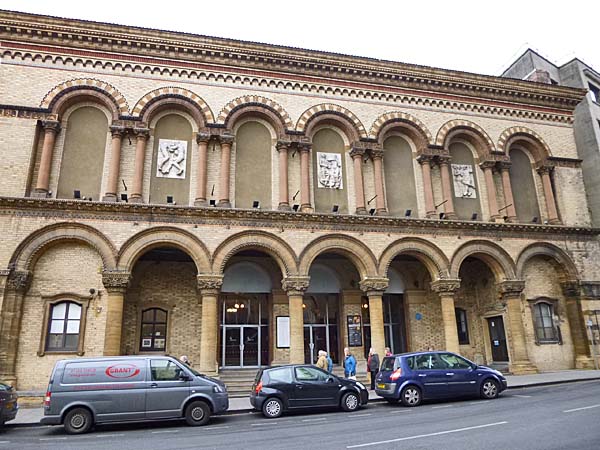 That building suffered a serious fire in 1898 that inflicted significant structural damage on the auditorium. A replacement was built on the site of the original building and it opened in 1901. It was closed in the 1930s for remodeling and went on to survive the bombing in WWII. However, in 1945 there was another devastating fire, caused apparently by a discarded cigarette. The hall was rebuilt again and reopened in 1951 in time to be part of the Festival of Britain celebrations. In fact, the Colston Hall refers to its main hall as the Royal Festival auditorium. This auditorium can accommodate an audience of 2075. 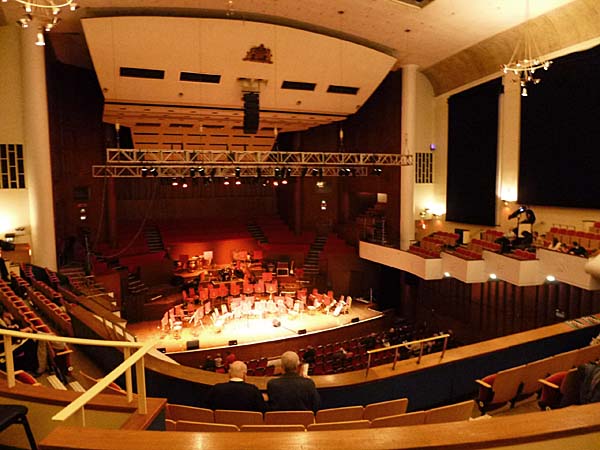 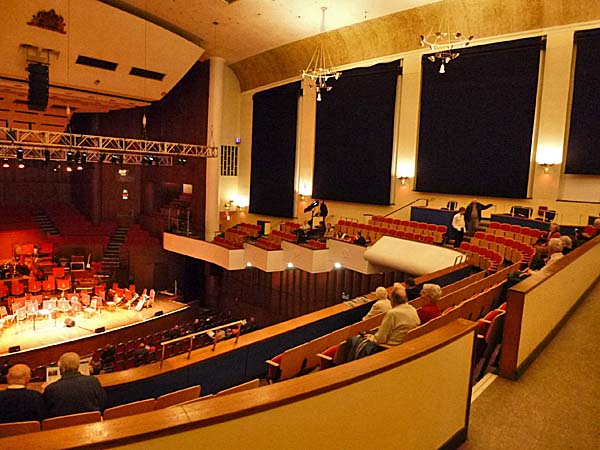 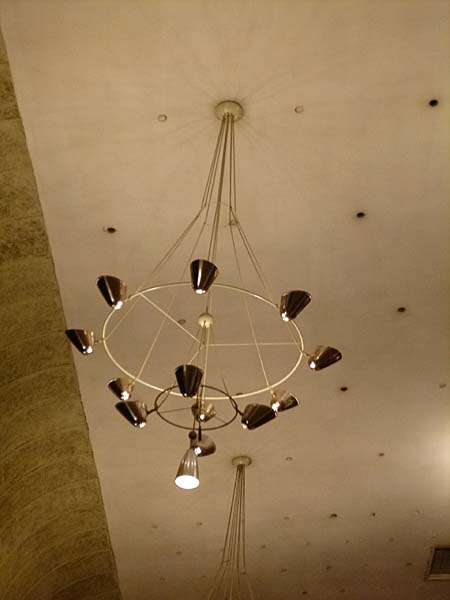 The latest
modification involved the acquisition of
the building next door, on the corner of
Colston Street and Pipe Lane. This
allowed the Colston Hall to commission
Levitt Bernstein to build this dramatic
extension of which the Hall says, "Our
imposing and iconic foyer has made
Colston Hall an architecturally
significant and striking addition to
Bristol’s skyline and befits the
many fantastic performers who play
here. With a café bar, roof
terrace, conferencing and education
facilities, plus disabled access to
all floors we offer a top quality
experience to all our visitors."
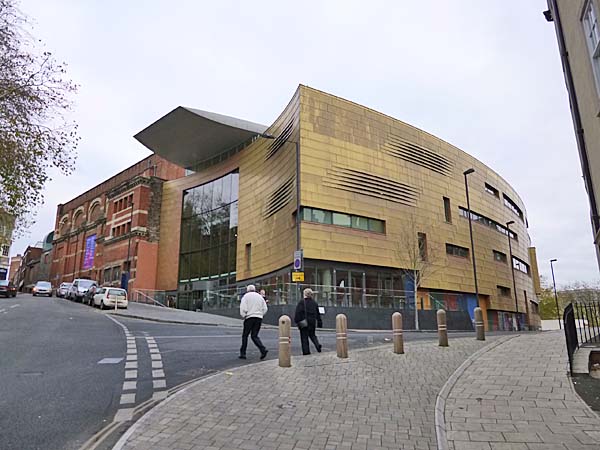  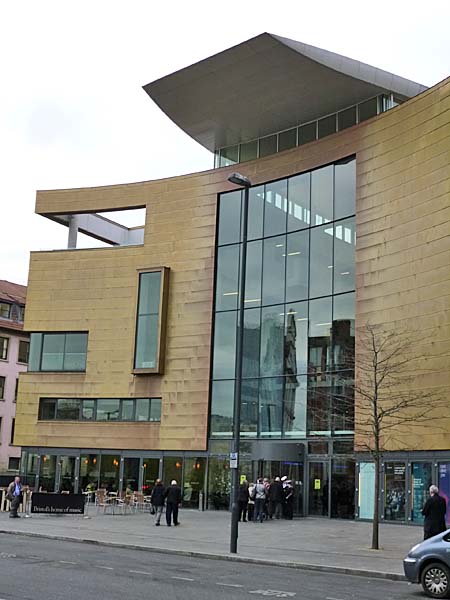  ************************** 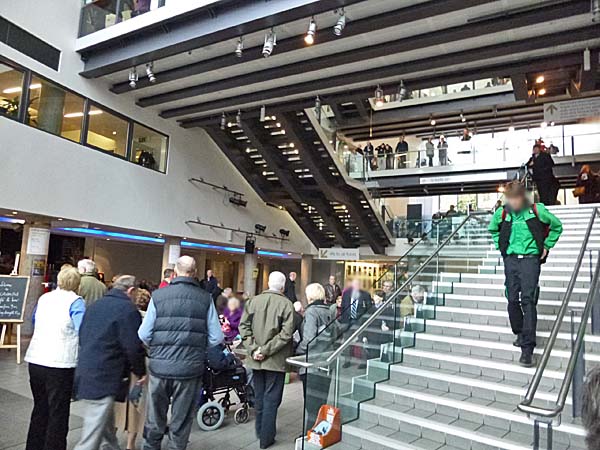  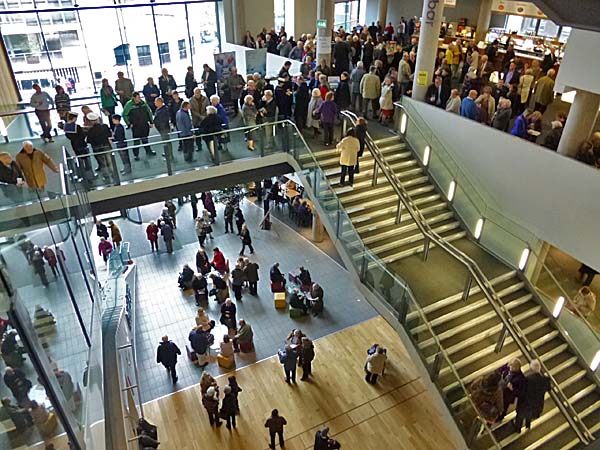 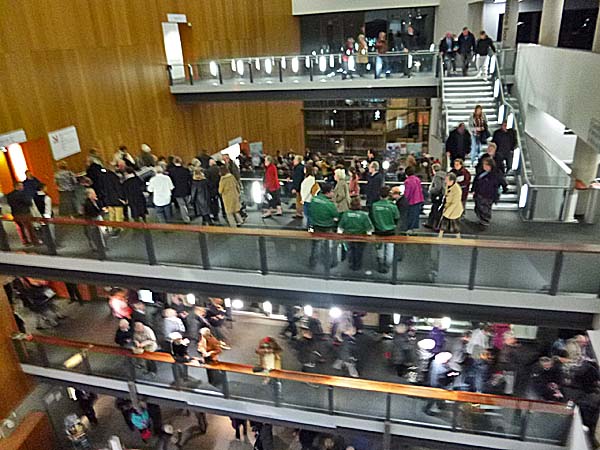 Apparently, this is
just Phase I along the way to another
complete rejuvenation of the Colston
Hall. Phase II will see the venue
become a, "... world-class music
and arts experiences for generations
to come. We can create one of the
greatest concert halls in Europe
within the historic Colston Hall
footprint, and complement it with
the richest variety of spaces to
make, present, enjoy, learn about
and record the best music."
The new design shows, "the main
hall with a new, larger and more
flexible stage, canopy and
fore-stage lift, new balconies
replacing the single deeply
overhanging balcony, new seats, new
ceiling shape, new wall finishes and
interior with a modern look and
variable acoustics, and, unusually,
the original Victorian windows
brought back into use."
In relation to the Victorian theatre space at the Colston Hall, known as The Lantern, they add that, "... Audiences will step from the new foyer into a modern reworking of the historic spaces of the Victorian hall. Ornate yet light, grand yet accessible, historic yet cutting-edge, it will be a place that connects the future of creative music making with the traditions of the city. The Lantern will be a striking Victorian gem for performance rehearsal and events." Finally, " Our unique and highly atmospheric cellars were used throughout the 19th century as Bristol’s original customs warehouse. These will be converted for intimate club-type events, teaching facilities, creative workshop space and studios, enabling the first public access for a hundred years." The website says that so far they have raised and invested £25million in this project and need to raise a further £40million to see it to fruition. |
|
|
Colston
Hall, Bristol, UK
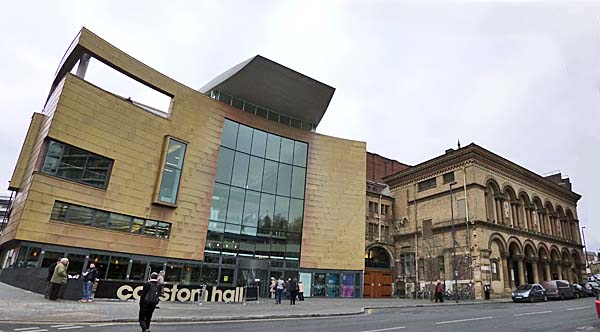 |
